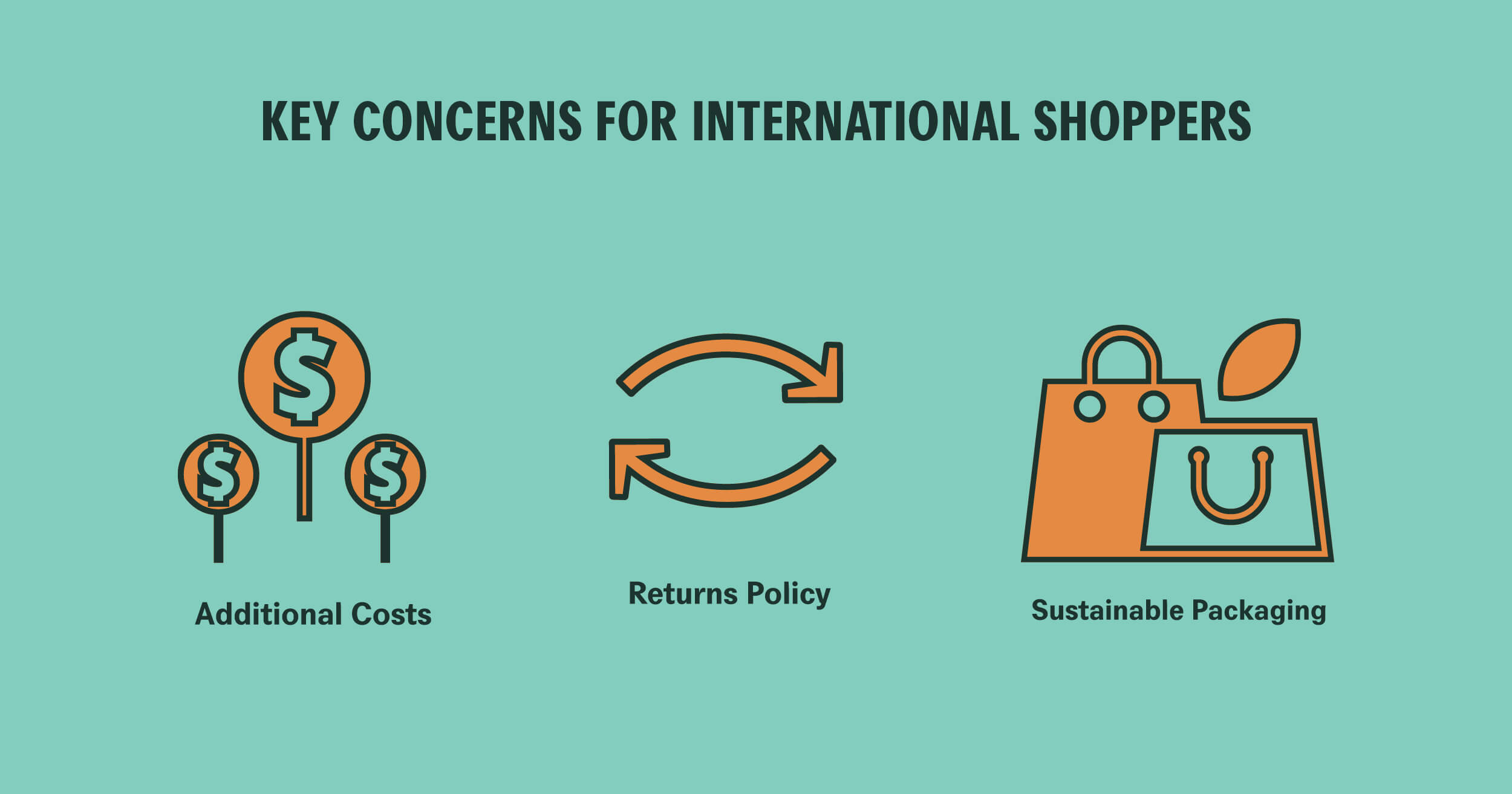Any forecast of consumer spending for 2020 was thrown out the window when COVID-19 reared its ugly head. With the imperative need for social distancing, self-isolation and the closure of bricks and mortar retail outlets, eCommerce platforms essentially became the only way to shop.
One clear element that we have discovered in 2020 is the need for businesses to have an online presence. Cross-functional to account for various devices, a companies online storefront has never been as vital as it is now. Responsive design and a solid digital marketing strategy are the primary ways that a business can remain pandemic bullet-proof while also reaching a swathe of new customers.
With more people shopping online than ever before, the national average has more than doubled that of 2019 to hit 41% according to figures from Australia Post. Let’s take a little dive into the current state of e-Commerce in Australia as we near the end of one of the most turbulent years on record.











